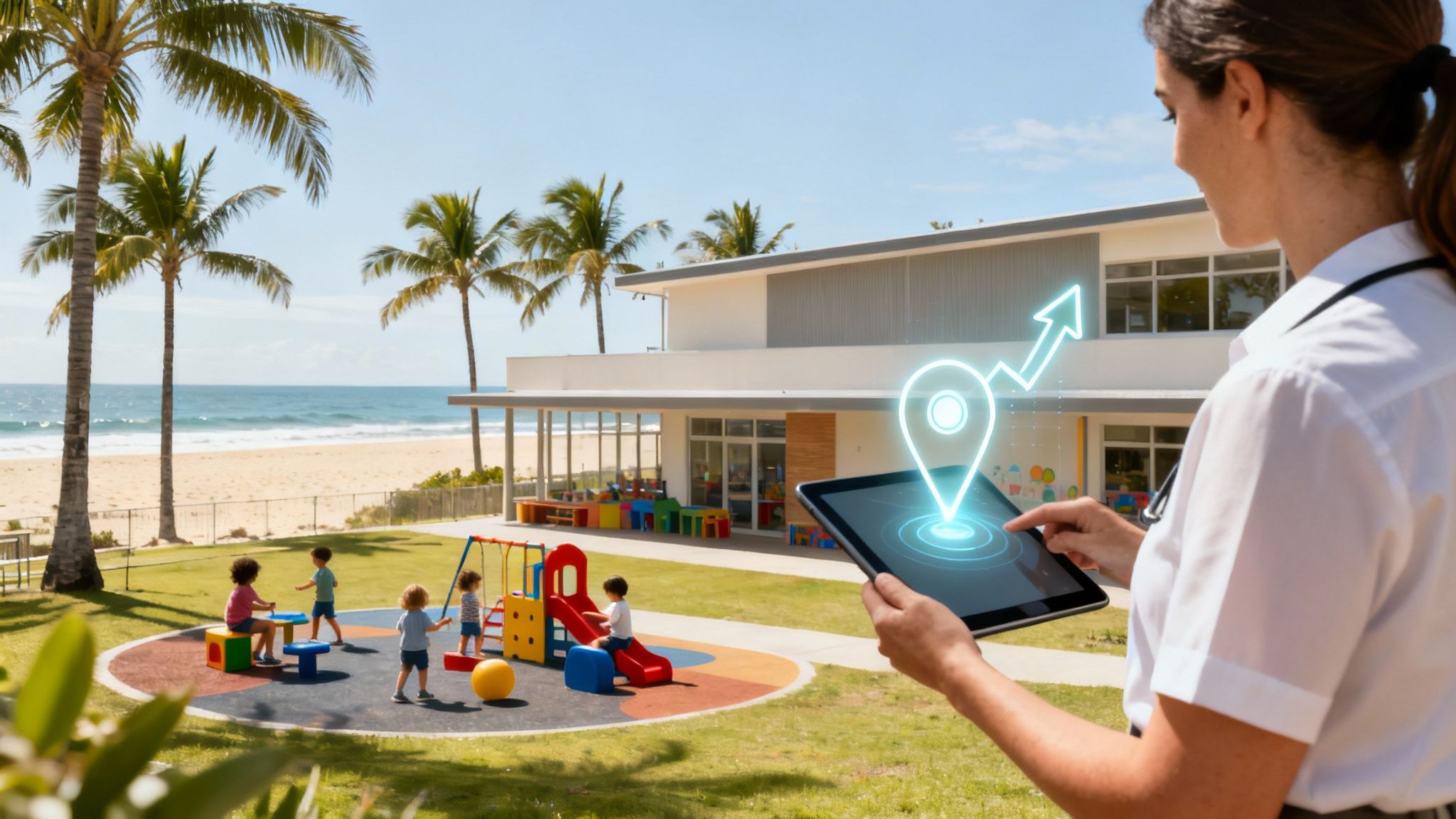Stay ahead with the latest tips, trends, and insights from the Titan Blue team , straight from the studio in Broadbeach.
Website Not Ranking?
No traffic, no calls, no visibility?
Let’s fix that!
Common struggles we hear daily:
Get In Touch Now
“Our website looks great, but no one can find it.”
“We’re spending money on a site that gets zero traffic.”
“Our competitors show up in Maps — we don’t.”
If any of this sounds familiar, it’s time to take action.




